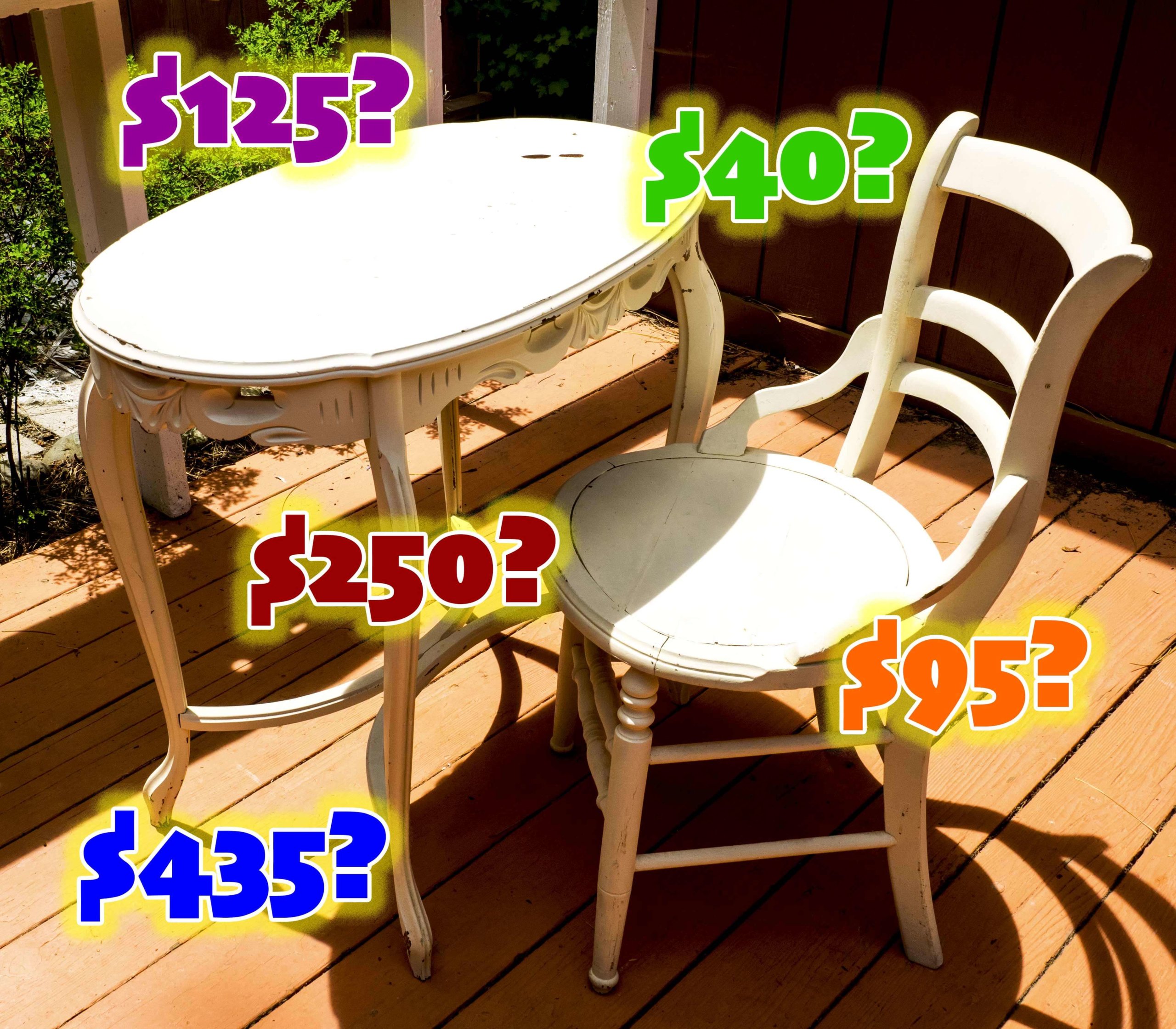Pricing strategy is an important part of your business and will make or break you. You may have a special talent but if you can’t turn it into a profitable endeavor, your hobby might not be a good career decision. What can you do to help turn what you love into a living? Like that old saying “Do what you love and you’ll never work a day”… how do we make that a reality?
Costs vs. Profits: The RIGHT Pricing Strategy
First things first – we have to look at the numbers! I know, this isn’t the fun part and creating one-of-a-kind designs is your passion but we have to figure out IF what you want to create and sell is even a profitable journey. If your art is just for the love of it, then read no further! But, if you are making a run for a profitable business, then a pricing strategy is a crucial part in your business development phase.
The 3 Keys to Setting the Price
Don’t get overwhelmed on the idea of setting your price. Well, at least the way I choose to do it isn’t complicated. But if you really want it to be, I’m sure you can find a harder, more painful way to complete this exercise. Every small business must go through this so just think of it as one step closer to your dreams.
There are three critical inputs for a pricing strategy: Time, materials incl. expenses, and the market. That’s it.
Time
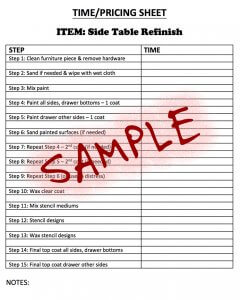 Though this one may seem obvious, it can be tricky to accurately account for. Time actually pertains to two different pieces of the puzzle: “How long did it take to complete the project?” and “How much is my time worth?” Let’s look at each one individually.
Though this one may seem obvious, it can be tricky to accurately account for. Time actually pertains to two different pieces of the puzzle: “How long did it take to complete the project?” and “How much is my time worth?” Let’s look at each one individually.
How long did it take to complete the project?
Do you know how long it really took you to complete that home decor piece or to refinish that dresser? If you don’t, you must! If you are okay with guessing, go for it. I on the other hand, don’t like to guess on time and prefer to log my projects in steps so I know for sure at the end how many hours I invested. The easiest way to accomplish this is to create a simple Step-by-step instruction sheet and write down how long each step takes. It is a surefire way that you won’t miss any of your time. You may be shocked at the end of a project when you see how long it really took you to finish it. That would be a number you definitely would want to factor into your pricing strategy. Time really is money so don’t sell yourself short!
How much is my time worth?
Have you thought about what an hour of your time is worth? Maybe you’ve tried to calculate it but aren’t sure it makes sense. Here’s one idea you can try and tweak it to fit your business.
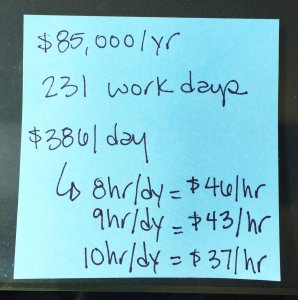 First, you need to know your general monthly expenses to live and any savings you want to have in the bank. This is the number you’re aiming for in your salary. If you have $5,000/month in expenses + savings, building your business to gross $20,000/yr isn’t going to cut it unless you have other income.
First, you need to know your general monthly expenses to live and any savings you want to have in the bank. This is the number you’re aiming for in your salary. If you have $5,000/month in expenses + savings, building your business to gross $20,000/yr isn’t going to cut it unless you have other income.- Once you know your monthly expenses + savings, calculate your annual total. In this example, it would be $60,000/yr. If you need to actually get the $60,000/yr, don’t forget to estimate your taxes. Let’s just use 30%. The math would be $60,000 = x – (.3x) or .7x so x = $85,715/yr. There’s the important number!
- Your desired salary is $85,000/yr… so how do you equate that to an hourly figure? Here’s how I would do it. In 2018, there will be 261 work days. I don’t want to work the weekends so I am only using work week days. I also like to take holidays, so there are 10 Federal holidays for the year. And… vacations are cool so I’ll figure that another 20 work days will go to time off. So, for 2018 there will be 231 work days. If you want to make $85,000/yr, then your hourly rate (working 8 hrs a day) would be $46/hr.
- You can tweak these calculations however you want to come up with your general hourly rate. That wasn’t so bad, was it?
Materials + Expenses
How much did the materials cost for your project? Did you buy the furniture piece at an estate sale? Did you custom build your wooden crates from raw lumber? Do you use a special paint that costs $45/quart? It is important to track your products and materials used on a project just like your overall time is crucial to track.
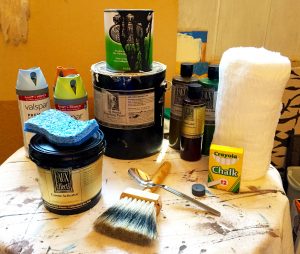
Make sure you also consider how you’ll account for other expenses or overhead items, especially if you feel this is necessary to include. Do you rent a space that you want to recover the rent a little bit at a time across each item sold? What about any special tools you purchased for creating a new product line? Do you somehow divide out that cost per piece produced or do you just chock that up as part of doing business and know you’ll recover it over time regardless?
Custom projects are important to look at individually as well. You may purchase a special varnish or stencil that you don’t see yourself using again so this one-time buy may need to be incorporated into your pricing strategy so you don’t lose money on custom orders. I always try to limit buying one-off things that I can’t reuse. Besides being expensive, it’s just wasteful!
The Market
So, you’ve calculated your hourly rate and know your material cost and expenses to apply to the piece. Great! We’re almost done! This last step is really the answer to whether or not you can make a living selling what you are making. We may be artistic geniuses and produce amazing items, but if there’s isn’t a market to sell them in that will meet our price, you may need to rethink your business plan.
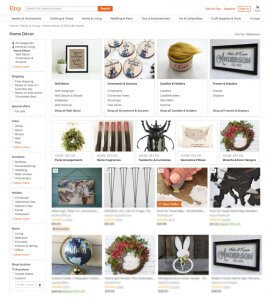 Just like in real estate, the price of a house isn’t what the Seller thinks it’s worth… it’s what the market and the Buyers think it is worth. Hunt around for ‘like’ items to what you are creating. You need to get some sort of feel for what generally similar things are actually selling for. Let’s take a furniture example. You have a refinished armoire that your initial price sets it at $235. After looking around your area, online selling groups and shops like Etsy, etc, you see that ‘like’ furniture pieces are selling for around $250. That would be great! You might even be able to up your price a little more or perhaps offer free shipping.
Just like in real estate, the price of a house isn’t what the Seller thinks it’s worth… it’s what the market and the Buyers think it is worth. Hunt around for ‘like’ items to what you are creating. You need to get some sort of feel for what generally similar things are actually selling for. Let’s take a furniture example. You have a refinished armoire that your initial price sets it at $235. After looking around your area, online selling groups and shops like Etsy, etc, you see that ‘like’ furniture pieces are selling for around $250. That would be great! You might even be able to up your price a little more or perhaps offer free shipping.
Help… the numbers don’t work!
But what about the opposite scenario… the one where your costs and the market demand seem miles apart. A personal example would be these custom wooden boxes I made family members for Christmas. I made my Mom a special box, fully customized on all 5 sides including individually stenciled names and graphics. This box took me over 10 hrs. to finish. If I used the numbers from above, I’d have to sell this box for $500! That is insane and not happening on this planet.
If I want to make custom boxes for clients, my process must change. I will need to be able to produce more efficient stencils to streamline the customization and cut like 80% of the hours out of the timeline. I also need to think about savings money on stenciling materials for names that I won’t use again. There are always way to adjust a process and make things more realistic and profitable. But, if you never went through this exercise of REALLY knowing what something should price at, you could be selling yourself short and building a business that in the end bankrupts you.
Put your talents to work for an amazing life
With a little effort, some number crunching and scoping out the marketplace, you will know with confidence if what you desire spending your time producing will earn you a living and a life of happiness! Don’t go into your business guessing how the numbers will shake out in the end… know your targets, know your costs & competitors and set that pricing strategy for success. If you hit bumps along the way and need to course correct, at least you will know your numbers and can adapt with the changing business conditions. Knowledge is the key to success so know your business and shoot for the stars!

